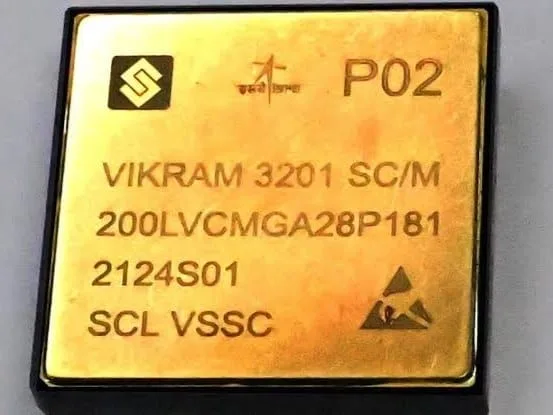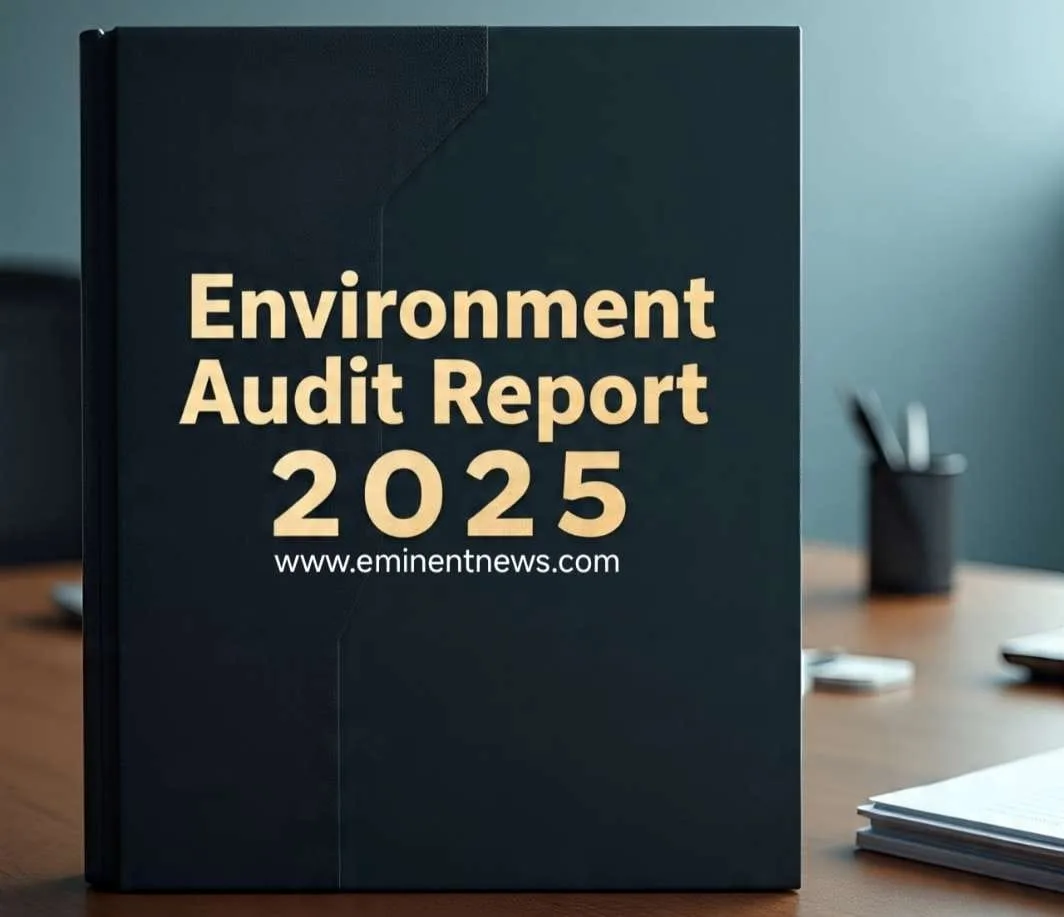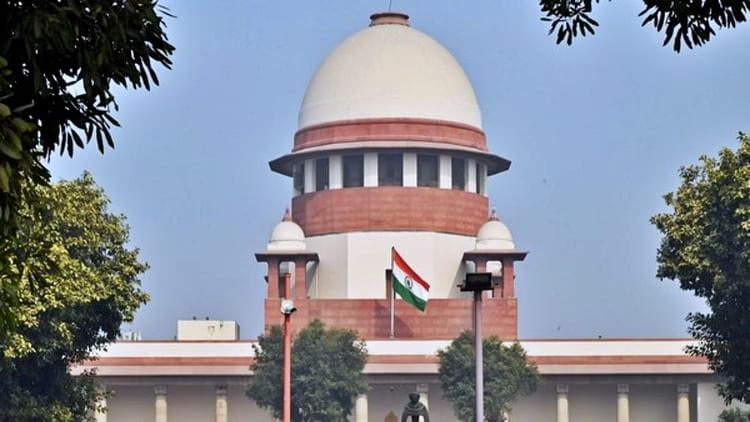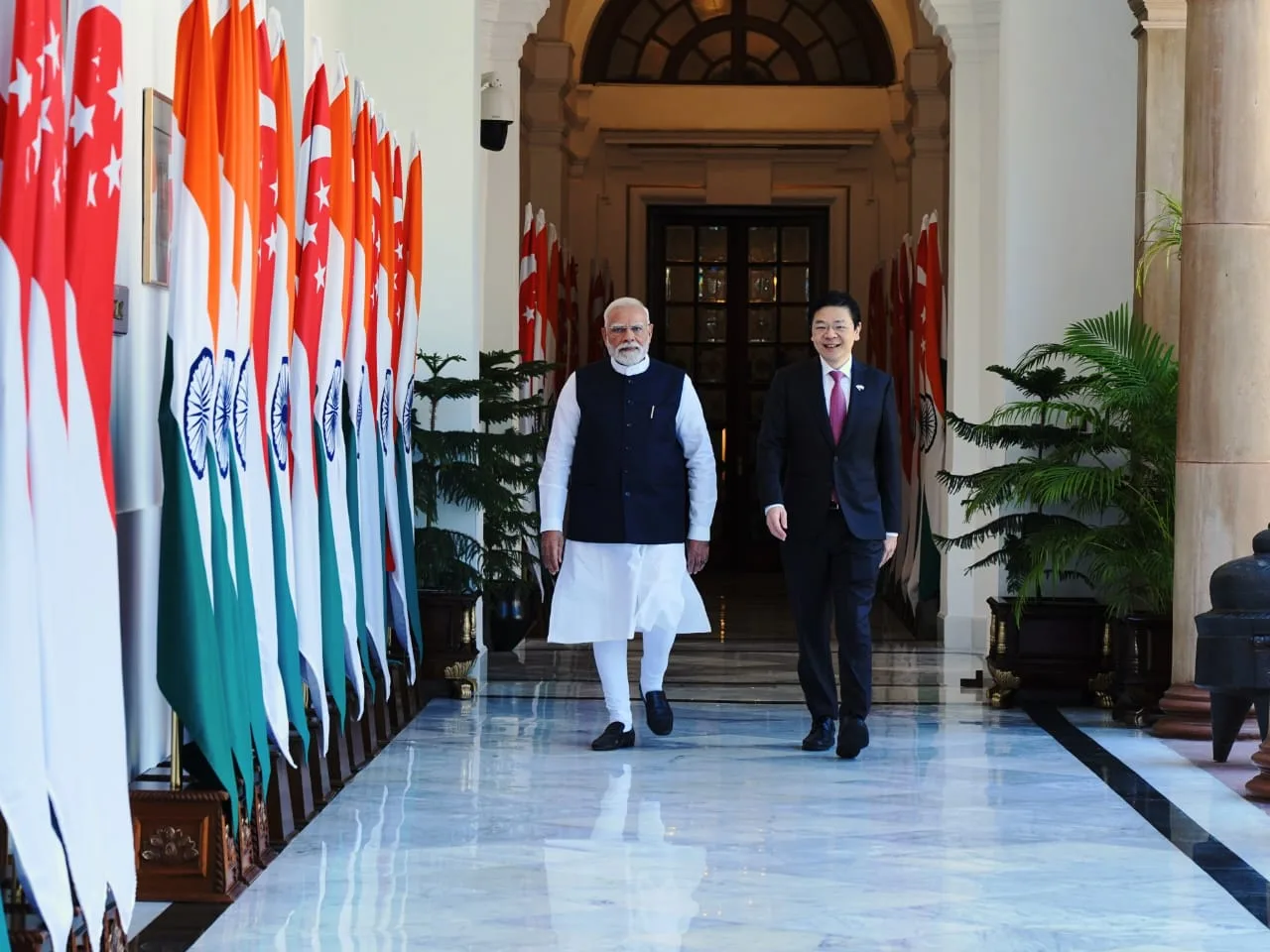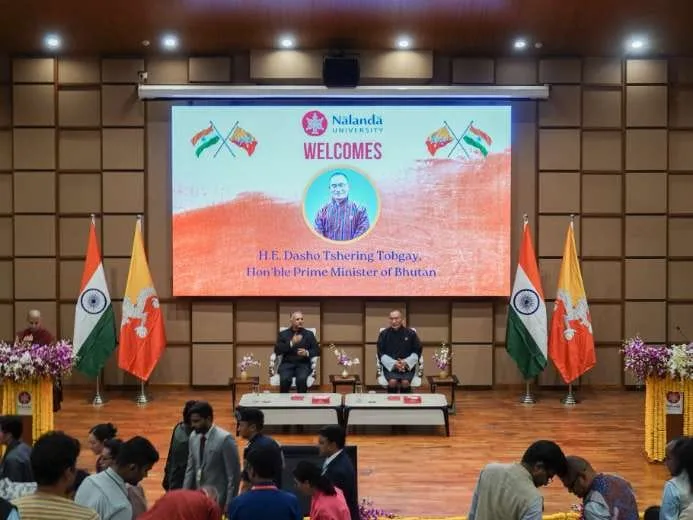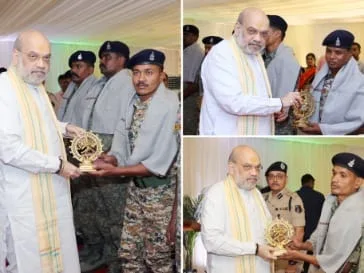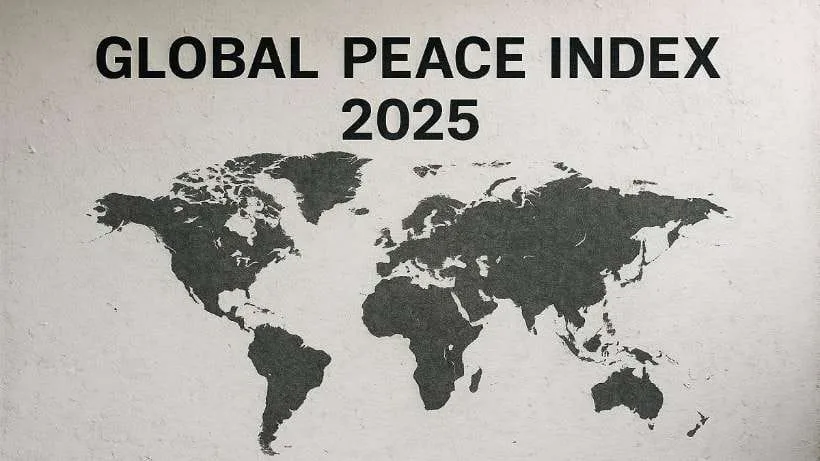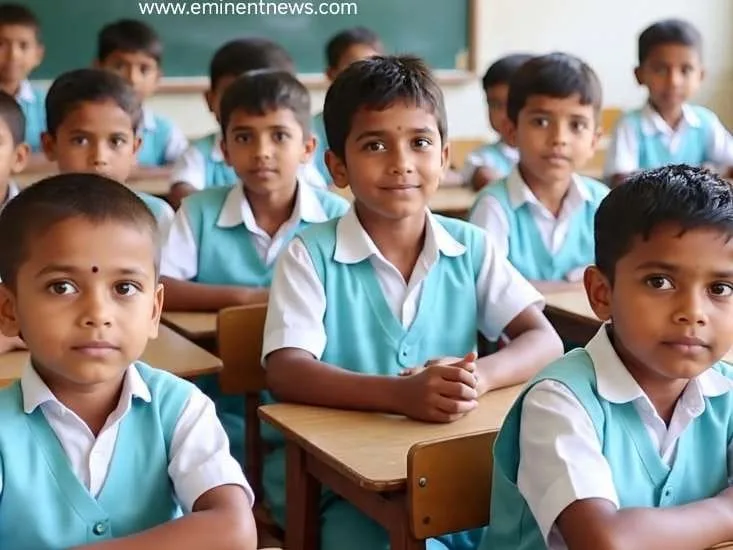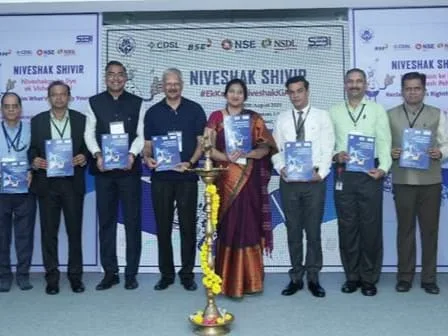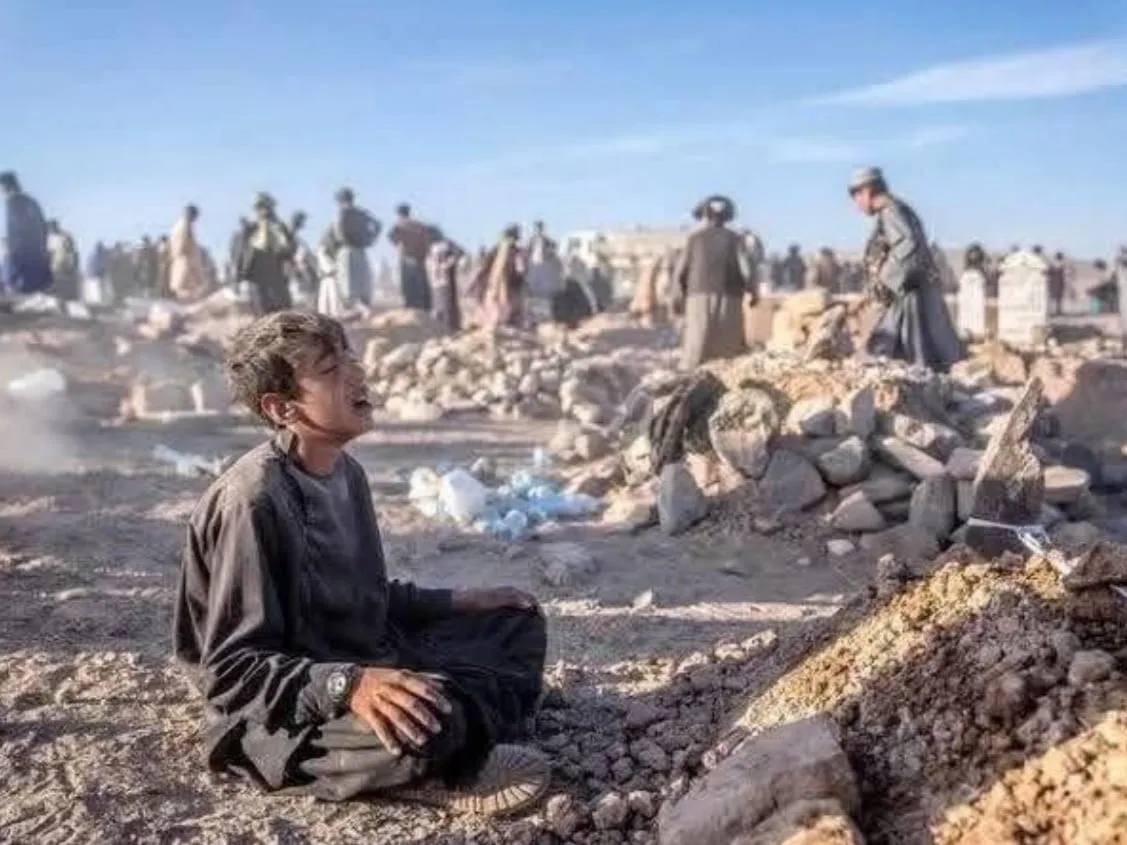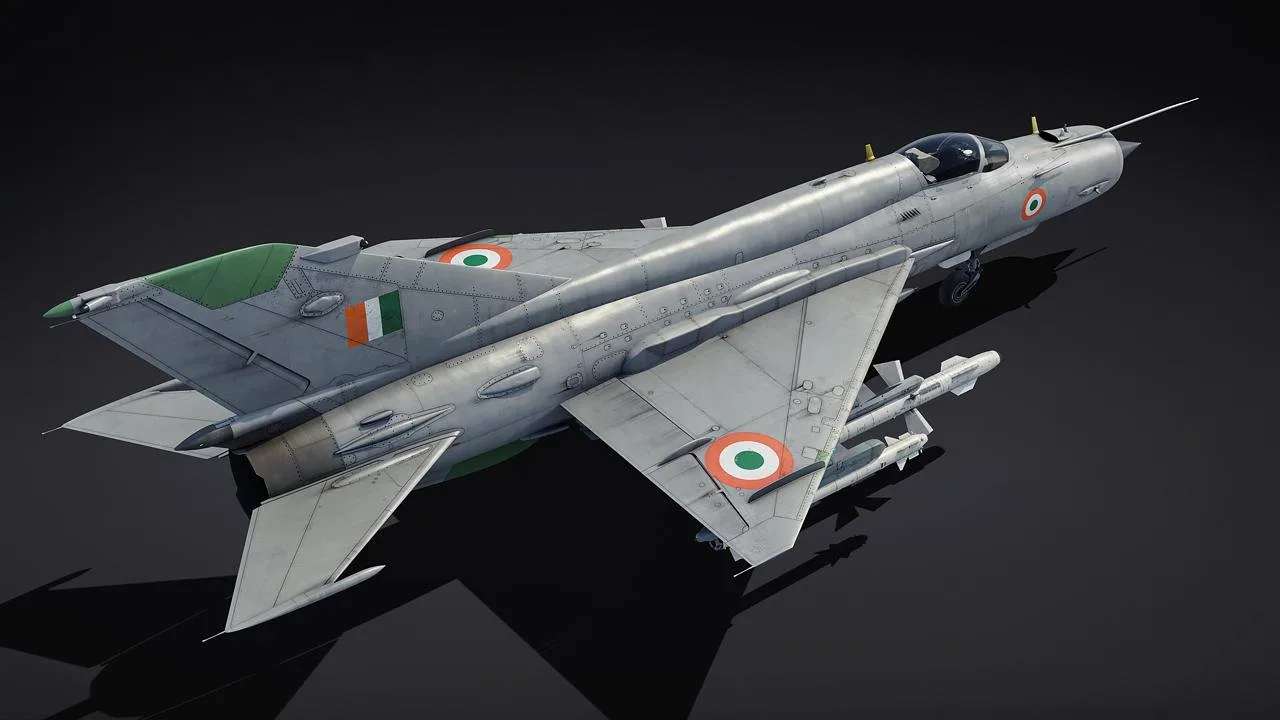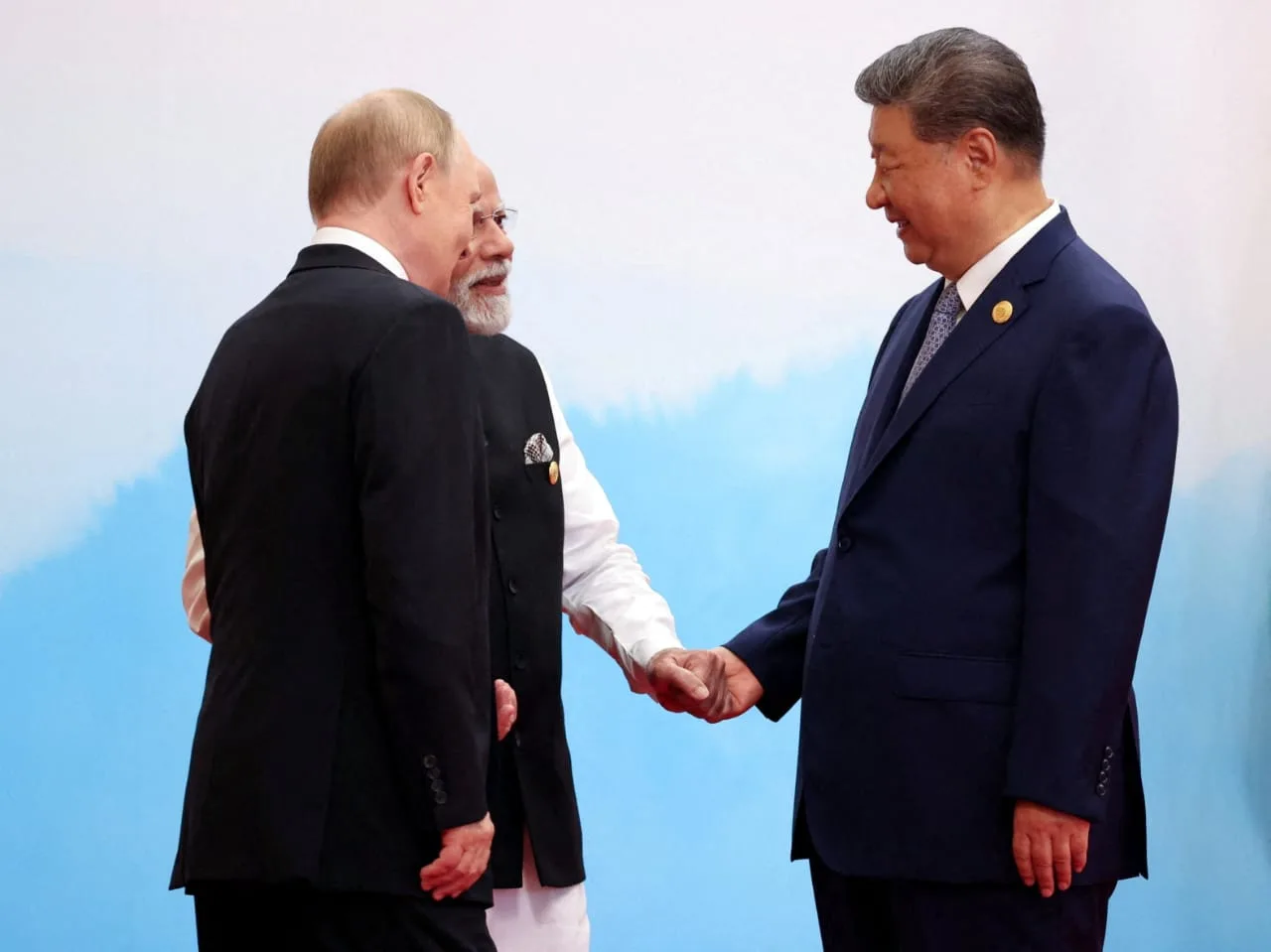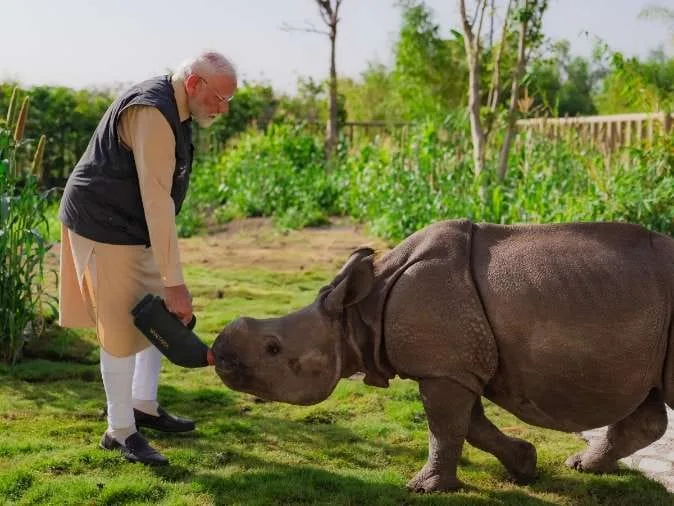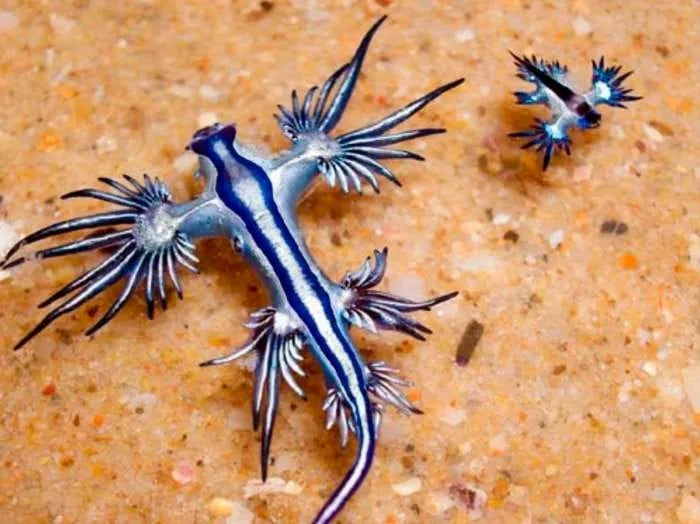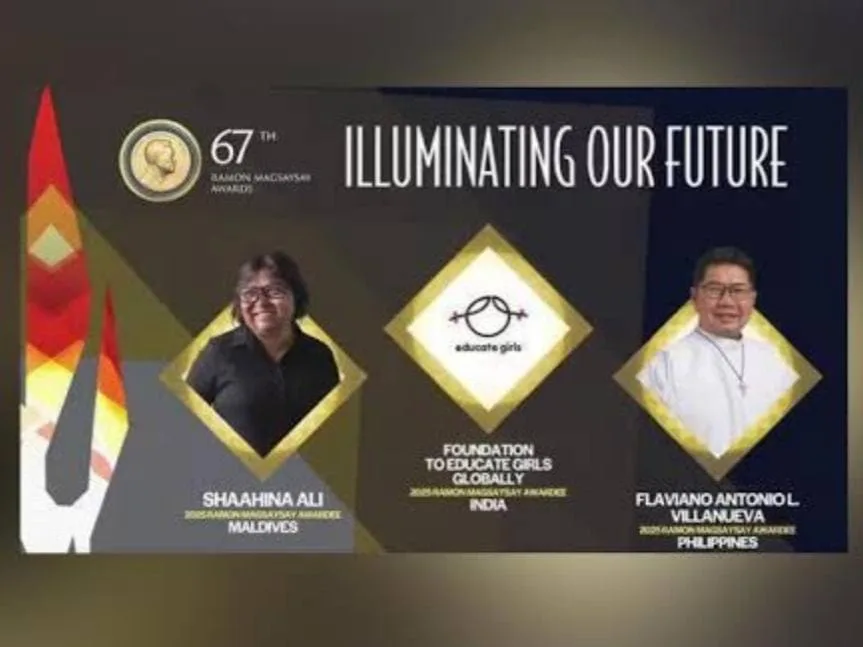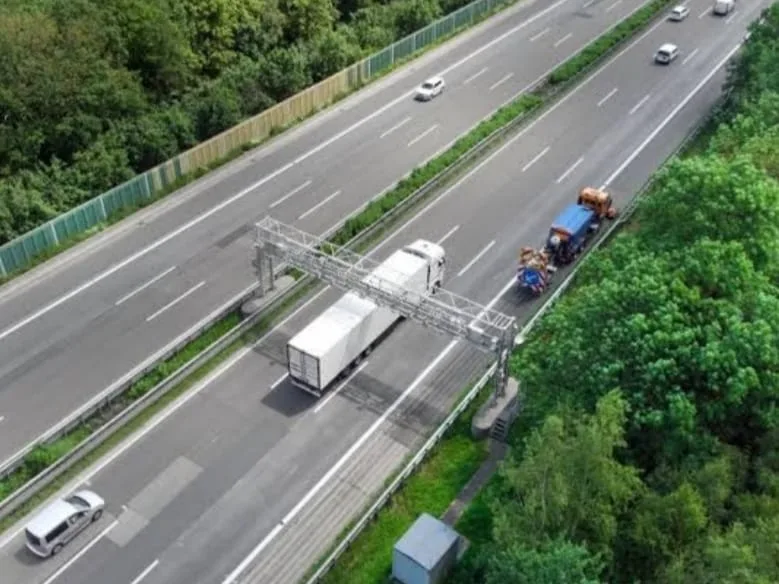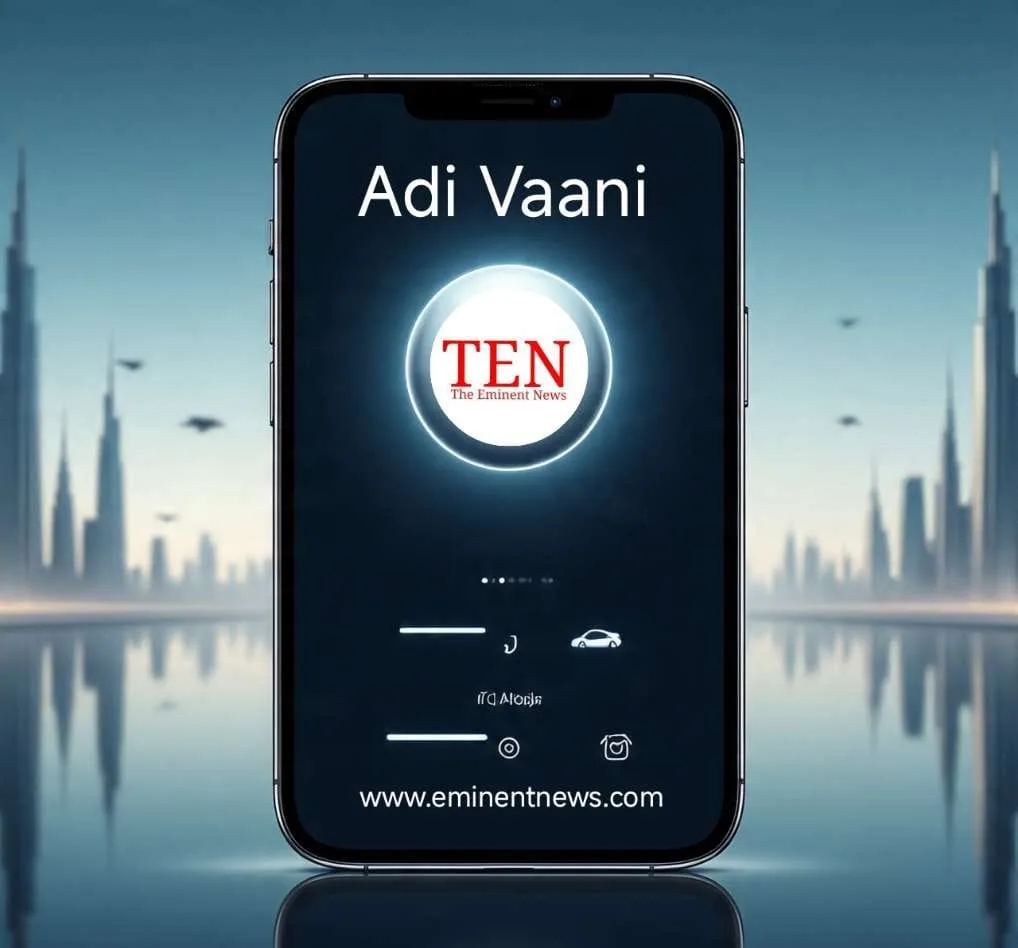Union IT minister presented the Vikram 32-bit processor to Prime Minister Narendra Modi at the Semicon India 2025 in Delhi . The Vikram 32-bit Chip (VIKRAM3201) is India’s first fully local 32-bit space-grade microprocessor. It was developed by ISRO’s Semiconductor Laboratory (SCL) and Vikram Sarabhai Space Centre (VSSC) for use in rocket and satellite avionics, especially for navigation, guidance, and mission control systems.
Technical Features of Vikram 32
- It processes data in 32-bit chunks and supports both 16/32-bit fixed-point and 64-bit IEEE754 floating-point arithmetic.
- There are 152 custom instructions designed for space and mission-critical applications.
- It has 32-bit registers and can address up to 4096M words of memory through a 20-bit external address bus.
- It includes four 32-bit timers and supports 256 software interrupts.
- The chip features two on-chip MIL-STD-1553B bus interfaces for reliable communication in aerospace systems.
- It operates between -55°C and +125°C and is hermetically sealed for extreme conditions in space.
- It is manufactured with 180nm CMOS technology on a single 3.3V supply. The design allows it to withstand heat, cold, vibration, and radiation typical of launches and orbit.
- It uses less than 500 mW of power while operating, with a quiescent supply current under 10 mA.
- It has an in-house Ada compiler, assembler, linker and IDE, while a C compiler is under development, which is important for high-reliability systems.
- The chip was space validated during PSLV-C60’s POEM-4 experiment (2025) and provides quick navigation and control computations for rockets.
Applications and Impact
- It is mainly for ISRO launch vehicles and satellites, replacing foreign chips in critical national mission
- It is also ideal for other strategic sectors like defence, aerospace, automotive and energy.
- This technology supports India’s “Atmanirbhar” self-reliance in semiconductor hardware for space.
It is both a technological achievement and a symbolic milestone demonstrated at Semicon India 2025 and presented to the Prime Minister for broader adoption. for science and technology link yourself here

